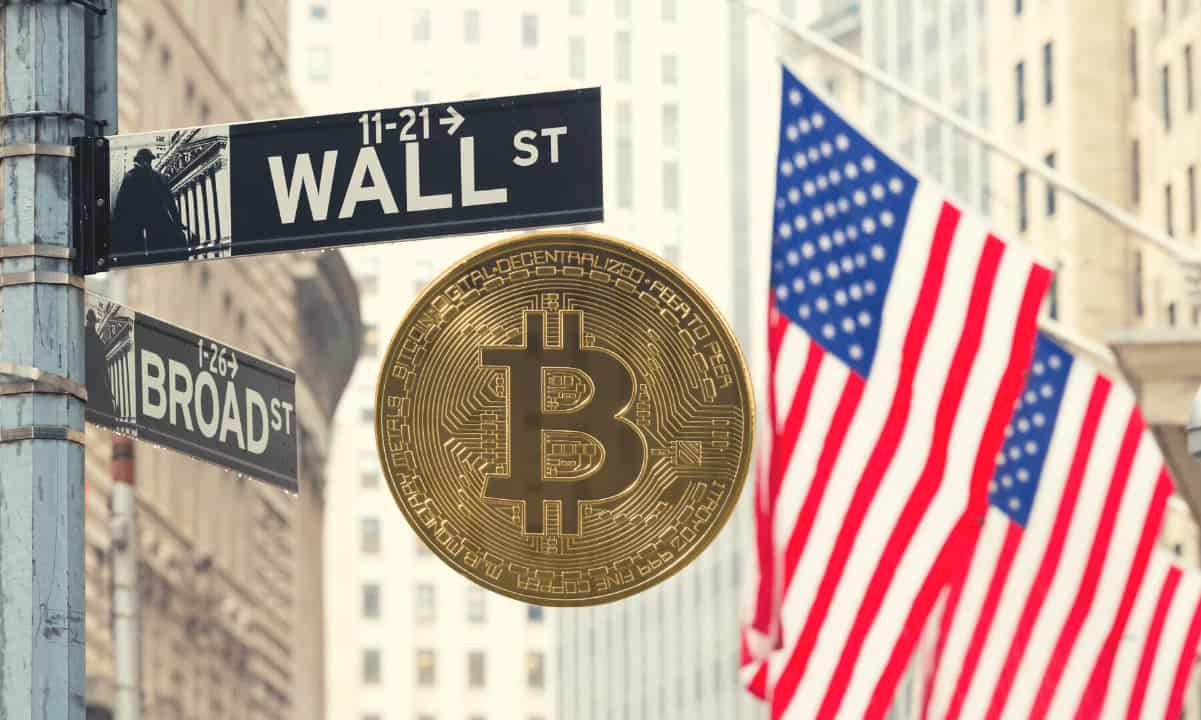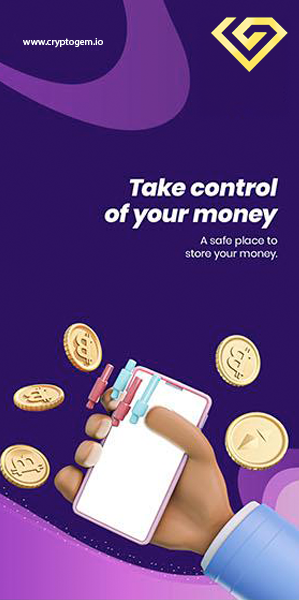Investors who want to bet on Bitcoin may soon have more options to choose from. Major financial firms including BlackRock, Fidelity and Invesco have submitted applications to sell US “spot” exchange-traded funds tied directly to Bitcoin holdings, and Grayscale Investments LLC won an Aug. 29 court ruling in its push to turn its Bitcoin trust into an ETF. In the past, the US Securities and Exchange Commission has routinely rejected these products, citing wariness over volatility and potential manipulation. But the Grayscale ruling and the BlackRock filing, in particular, might show the cryptocurrencies industry gaining the upper hand.
1. What do Bitcoin ETFs look like?
ETFs, a $7 trillion industry, are part of a broader family of products known as exchange-traded products, though people frequently use “ETFs” to refer to all of them since they are by far the largest and most popular category. Crypto-native firms and major Wall Street financial institutions alike are trying to launch a kind of ETF that actually holds Bitcoin, as opposed to the products that invest in Bitcoin futures. Futures-backed Bitcoin ETFs have been available to US customers since 2021, but the SEC hasn’t approved any applications for so-called spot Bitcoin ETFs. Issuers and investors are advocating for spot Bitcoin ETFs to be similarly accessible to retail and institutional investors in the US, a development that’s perceived as having the potential to greatly broaden participation in the cryptocurrency industry.
2. What’s the difference between Bitcoin futures and spot Bitcoin?
Futures are contracts to buy or sell an asset at a specified price at a later date. They are widely used in many markets, like oil, by investors who want to speculate on price movements without having to own or take possession of the underlying asset directly. As the price of Bitcoin swings up or down according to direct trading, Bitcoin futures track the cryptocurrency’s spot price indirectly on exchanges like the Chicago Mercantile Exchange. In the spot Bitcoin market, by contrast, users buy and sell the actual digital currency via exchanges.
3. What’s been available before now?
4. Where do things stand?
The world’s biggest asset manager, BlackRock Inc., filed an application for a spot Bitcoin ETF in June, kicking into high gear speculation that the long-illusive investment product would finally get SEC approval. BlackRock’s application, in turn, led to a major crypto market rally and a flurry of similar ETF applications and resubmissions from issuers including Fidelity Investments and WisdomTree Inc. Grayscale has been making the argument that a conversion would help it unlock billions of dollars in value for investors of GBTC. The SEC could fight the August court ruling by asking a full slate of judges on the DC Circuit Court of Appeals or the US Supreme Court to review it.
5. Why did regulators shun a Bitcoin ETF for so long?
In addition to their worries about liquidity and manipulation, regulators have expressed concern that Bitcoin’s volatility might be too intense for ordinary investors — Bitcoin’s last three full-year returns were gains of 305% in 2020, up another 60% in 2021, followed by a loss of 64% in 2022. The SEC has also questioned whether funds would have the information necessary to adequately value tokens like Bitcoin, including whether they can validate who owns the underlying coins. In 2021, SEC Chairman Gary Gensler testified to the Senate Banking Committee that the lack of regulatory oversight and surveillance in crypto markets led to “concerns about the potential for fraud and manipulation.” In an attempt to allay some of the SEC’s concerns, BlackRock and other issuers following in its footsteps have proposed so-called surveillance-sharing agreements, a way to mitigate the risk of market manipulation and fraud. Coinbase Inc., the only publicly traded, pure-play spot-crypto exchange in the US, has emerged as ETF issuers’ market surveillance partner of choice.
















